![]()
By Thomas Maier thomas.maier@newsday.com
Updated May 23, 2019 9:52 AM
**********************************************************************************
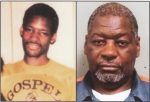
(l) Charles Lewis at 17 in prison; (r) Charles Lewis, 58, two yrs. ago.
VOD Editor: Like Detroit’s Charles Lewis, Bush was 17 when he was convicted of a 1976 murder. Unlike Lewis, Bush had a prosecutor who did his job: investigated and found the TRUTH about Bush’s innocence.
Neither Wayne County Prosecutor Kym Worthy nor HER Conviction Integrity Unit have investigated Lewis’ case, despite his innocence claim filed in court. But there is abundant evidence of his innocence, including “witnesses intimidated by police.” The case has been publicized nationally and in local mainstream media, as well as dozens of stories in the Voice of Detroit. Stories are linked in the following most recent story: http://voiceofdetroit.net/2019/05/22/charles-k-k-lewis-judge-orders-final-jlwop-hearings-despite-lost-court-file-innocence-claim/
**********************************************************************************
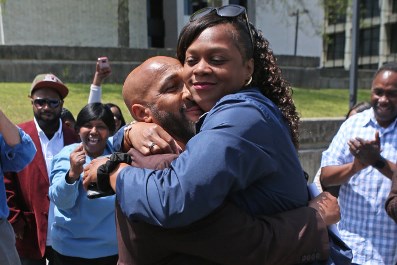
Keith Bush embraces his fiancée Dora Moore after exoneration.
SUFFOLK COUNTY, NEW YORK–After 44 years, Keith Bush’s 1976 murder conviction was vacated by a judge after a district attorney’s report concluded he had been wrongfully convicted of the sex-related murder of teenager Sherese Watson.
A report filed with the court Wednesday by the Suffolk District Attorney’s Conviction Integrity Bureau detailed how several former Suffolk authorities kept secret evidence of another potential murder suspect who may be the real killer.
The newly discovered evidence shows that “Bush is actually innocent of the crimes with which he was convicted,” concluded Howard Master, who heads the bureau for Suffolk District Attorney Timothy Sini. Bush, now 62, spent 33 years behind bars and had since been paroled as a sex offender.
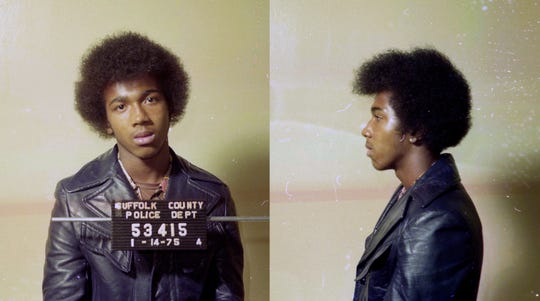
Mugshot: Keith Bush at 17
The nearly 100-page report said Bush was wrongfully convicted during a 1976 trial because of several dubious pieces of evidence, including faulty forensic evidence, witnesses who felt intimidated by police and a false signed confession that Bush says he had beaten out of him by homicide detectives.
Police denied any wrongdoing at the time but the report said one of the former detectives, when questioned recently by Master’s investigators, “alluded to use of coercive tactics” in putting together Bush’s signed confession. Before his January 1975 murder arrest, Bush, then 17, had no criminal history.
Perhaps most significantly in throwing out the conviction, the report said then-Suffolk authorities violated legal rules by failing to disclose the existence of “alternative suspect” John W. Jones Jr. — who admitted in 1975 to tripping over Watson’s body at the murder scene and leaving behind a plastic comb that he identified as his own. Although Jones was twice given a lie-detector test, Suffolk never mentioned anything about Jones at Bush’s trial, as required by legal precedent.

Howard Master, head of Suffolk County Conviction Integrity Bureau.
“The alternative suspect [Jones] may well have committed the offenses of which Bush was wrongfully convicted,” said the report, which points out Jones’ history of violent and sex-related offenses both before and after Watson’s 1975 murder. The report labeled Jones, who died in 2006, as “perhaps the most viable suspect in Watson’s murder.”
The report painted a disturbing picture about how Suffolk authorities, particularly trial prosecutor Gerard Sullivan along with then-Suffolk homicide detectives, hid vital information in the Bush case.
The evidence about Jones “was suppressed before trial and was highly material to Bush’s defense because it could have helped Bush establish that someone else had committed the murder, ” the report concluded.
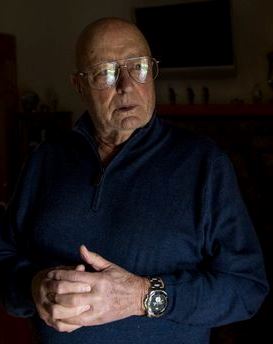
Former detective August Stahl called Bush ‘n….r”, belonged to pro-Nazi group
Recently, Conviction Integrity Bureau investigators questioned two former homicide former detectives, Dennis Rafferty and August Stahl, who interrogated Bush in January 1975 and put together his signed confession. Through his attorney, Rafferty answered only a limited number of questions posed to him and denied any wrongdoing. But the report said that Stahl, now 90, displayed a “racial animus” and raised former Suffolk District Attorney Thomas Spota’s name in the matter.
“Why is this thing being opened up again, I thought Tommy Spota took care of this?” Stahl told the investigators, according to the court papers filed Wednesday.
Spota was a longtime Suffolk district attorney and a former law partner of Sullivan, the prosecutor in the 1976 Bush trial. Spota currently faces federal corruption charges and is expected to go on trial later this year. Spota told Newsday in a story published Monday that he doesn’t remember the Bush case.
********************************************************************************
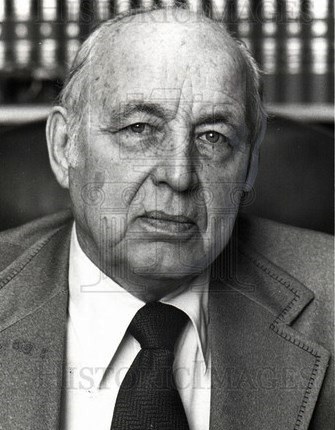
Judge Joseph Maher
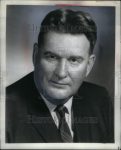
Judge Thomas Poindexter
VOD: Below is a video about Spota’s indictment on federal corruption charges. Similarities to the arrest and trial of Charles Lewis are striking. Lewis’ trial took place in front of a known racist judge, Joseph Maher. Lewis was represented by a court-appointed attorney, M. Arthur Arduin, who was the campaign manager for Judge Thomas Poindexter, head of the Greater Detroit Homeowners Council, which campaigned to keep Blacks out of white neighborhoods. Lewis’ family had just moved into a white neighborhood on Detroit’s east side, becoming one of only two Black families on the block. Lewis said of his trial, “It felt like I was sitting through my own lynching. When I stepped into the courtroom racism was the order of the day. White Power was in full effect.”
***********************************************************************************
In addition, when questioned recently by investigators, Stahl used a racial epithet when first asked about Bush and said he believed he was guilty.
The report said that Stahl currently resides in a small enclave in Yaphank owned by the German American Settlement League and that he is a former GASL board member. In 2015, The New York Times identified Stahl’s league as an offshoot of 1930s pro-Nazi sympathizers group who built bungalows there as part of a pro-Nazi summer camp. The DA’s report notes that the bylaws of this community required homeowners to be primarily of “German extraction” until a 2016 settlement of a federal discrimination lawsuit and a follow-up settlement with the state attorney general.

Defense attorney Adele Bernhard
When called for comment, Stahl denied any bias and said he had not talked with Spota about the case. He said his comment to investigators was a general reaction to the ongoing efforts by Bush to prove his innocence.
The report confirmed evidence developed over the past decade by Bush’s defense lawyer, Adele Bernhard, a professor at New York Law School. She argued that male DNA evidence taken from Watson’s body didn’t match Bush’s and that a recanting witness, Maxine Bell, and other witnesses for Bush should be believed.
The report also found fault with 1976 trial prosecution testimony that claimed a metal comb discovered at Bush’s home was used him in the attack on Watson, who died from strangulation. Wounds on the dead girl’s body showed that it didn’t match the spacing on the comb’s tines. The report also said that testimony offered about fibers found at the murder scene is considered unreliable by today’s forensic standards.
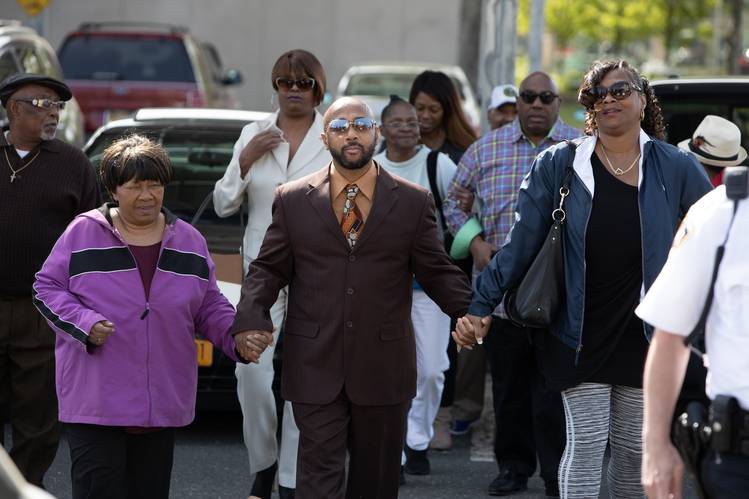
A triumphant Keith Bush with his family and supporters leaves court an exonerated man.
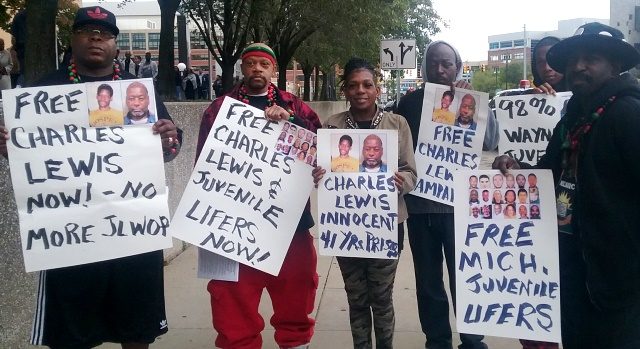
Some of Charles ‘K.K.’ Lewis supporters rally outside courthouse in 2016, at beginning of 3 years of juvenile lifer re-sentencing hearings.




